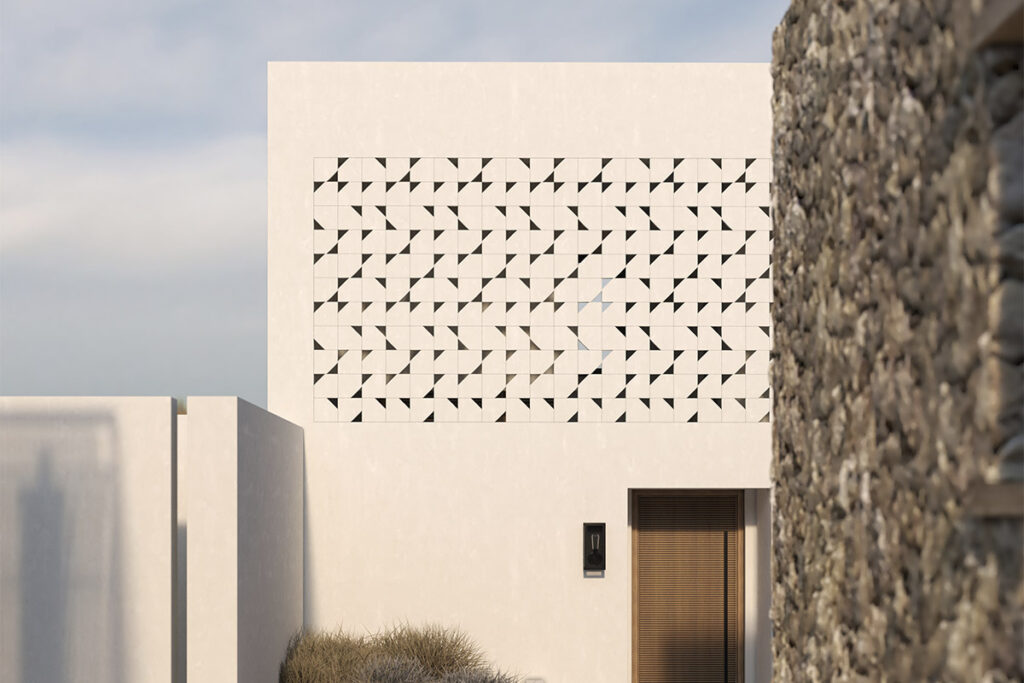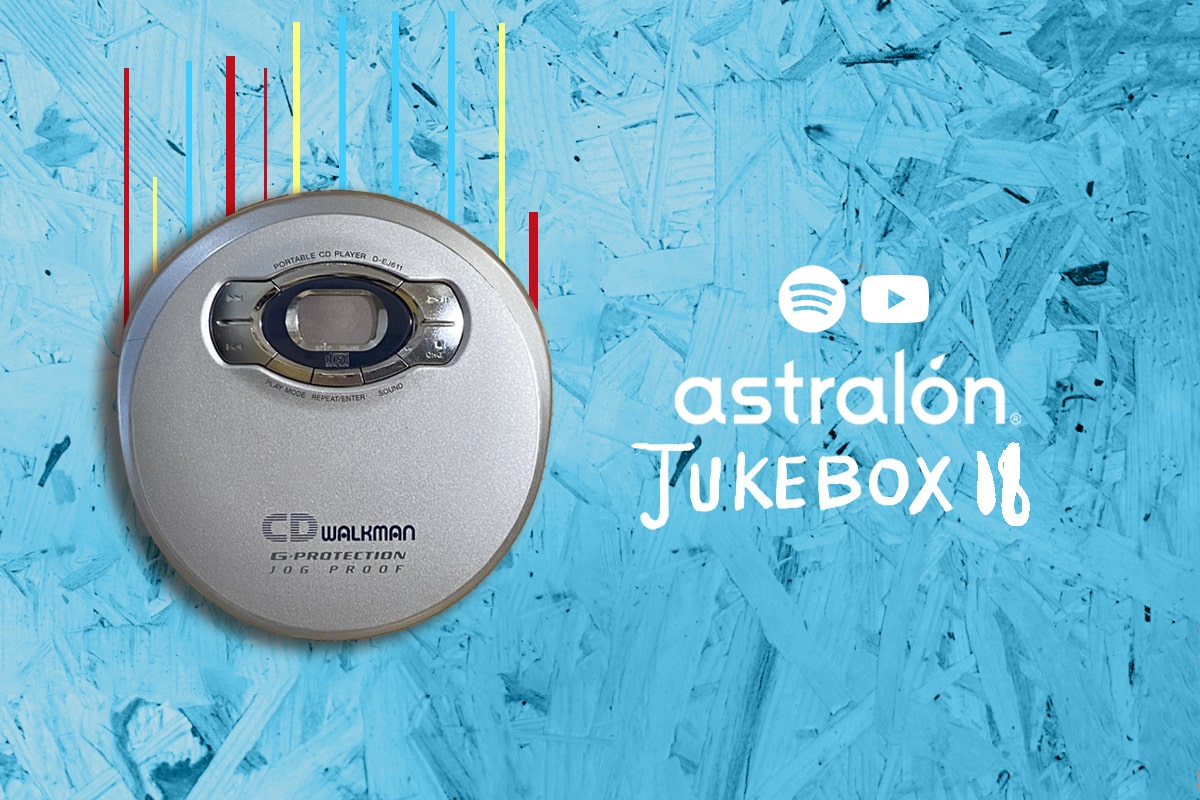gnb architects talk to Astralón about architectural creation.
Andreas Giovanos, one of the founders of gnb architects, with a dynamic presence for many years in the architectural field, talks to us about what their team stands for, the importance of location and creation and the challenges they face every day, too.
You are dealing with architectural design in the Athenian urban environment and the Cyclades. What is your inspiration and creation source in these two different Greek landscapes?
The inspiration for every architectural creation needs to include something from the location, something from the past, something modern and something that describes the people who will live there. The architect cannot fail to take into account the natural conditions of the place, the surrounding built environment and the local architectural tradition, the habits of the people who will experience the space. It is impossible for the modern architectural proposal to not have a ‘freshness’, a new look, brazen experimentation and a spark, which is the foundation of the evolution and creative continuity of the architectural heritage.
The urban style of Athens has great interest for an architectural office, which tries to give a fresh and contemporary approach to a place with many peculiarities in its history, climatic conditions, needs and characteristics.
Cyclades, on the other hand, have a distinct identity that is unique and recognizable across the world, and the challenge of transferring the values of traditional architecture to nowadays with modern materials is an inexhaustible source of creativity and expression.

What kind of materials characterize you and what does their presence exude in your projects?
We try, as a rule, to use the materials that each location ‘’generates’’, both in their raw form and in more processed versions and technology helps to cover these ‘’modern’’ needs. The natural local stones, for example, with a slight process, lead to the creation of beautiful walls and floors, giving the impression that the architectures are a natural continuation of the bare landscape. Larger openings can be filled with concrete, which is essentially a more processed version of natural stone. In an urban environment, where the ‘’contact’’ with nature has been gone, our effort is to take advantage of the entire land, even the smallest possibility that the plot gives us to restore, if it is possible, this ‘’lost relationship’’ between the built and the trees, the air, the sun and the blue sky.
You often undertake projects in the Cycladic islands. How much has the philosophy of sustainable architecture developed on your part and in general?
Sustainability is a top priority, not only in the Cycladic islands but, given the rapid effects of climate change, everywhere on the planet. The bioclimatic architecture, which enables each building to ‘’respect’’ and ‘’communicate’’ with the environment, in which it will be built, along with having the minimum energy footprint and affecting the ecosystems, that exist and develop around it, to the smallest extent, is a one-way in modern architecture and contemporary culture. The implementation of bioclimatic architecture rules in Greece may not be as fast as we would like. However, we hope that the situation will be gradually improved in the future.
After two difficult years with severe restrictions and peculiarities due to the pandemic, with an uncertain future ahead of us, reflecting on the war in Europe, the energy crisis and all the consequences, how do you anticipate the next period for your industry and what actions are you setting as a company?
The main consequence of all these uncertainties, which you describe, is the complete impossibility of medium or long-term planning. In the globalization era, systems have become very complex and the impacts of such severe events are difficult to predict. I would say that terms, such as energy saving, reduction of the carbon footprint, respect for the natural environment, etc., must be priorities for every modern business and person. With the conviction that these principles will prevail more and more on the planet and with enough faith in the creativity of young people, I will dare to oppose the great uncertainty side, that reason prevails, and say that I am optimistic about the developments, and this is the point of view everyone tries to have in the office.

The needs of the traveling public are constantly changing. Tell us about the challenges you are called to face and what the projects of your office focus on?
I think that modern architecture has to deal with quite complex issues, in the catering and hospitality fields. The ephemeral design trends, that spring up very quickly in the age of social networks and globalization and enter every level of architectural design (which in my opinion should be respected as a modern social phenomenon), collide in the mind of an architect with fundamental rules and principles, concerning the economy, the composition, the unity of form and need, the organic integration of the individual elements into the whole, etc.
❝It is a challenge for the modern architect to negotiate the ephemeral with the lasting, the superficial with the essential and the quality in architectural creation in the best possible way.❞
Some of the next major projects, which will bear the signature of gnb architects?
We are fortunate that there is a lot of construction activity in Greece, a consequence of the tourism industry development in recent years, so we have several ongoing projects that we are looking forward to completing. We are particularly pleased that this year, apart from Mykonos and Kea, where we traditionally operate because of our roots, we are implementing projects in Milos, Tinos, Syros, Koufonisia and Kimolos, while we are discussing tourist accommodation projects in Cyprus and Santorini at the same time.
Needless to say, we are particularly aware, because we feel a heavy sense of responsibility, regarding the harmonious integration of our projects into the landscape, with full respect for the natural and built environment, but also for the ecosystem’s sustainability and balance of the ecosystem. Otherwise, this development will be a ‘boomerang’ to us and affect all sectors of socio-economic activity negatively, alter the environment drastically and accelerate climate change dangerously.






